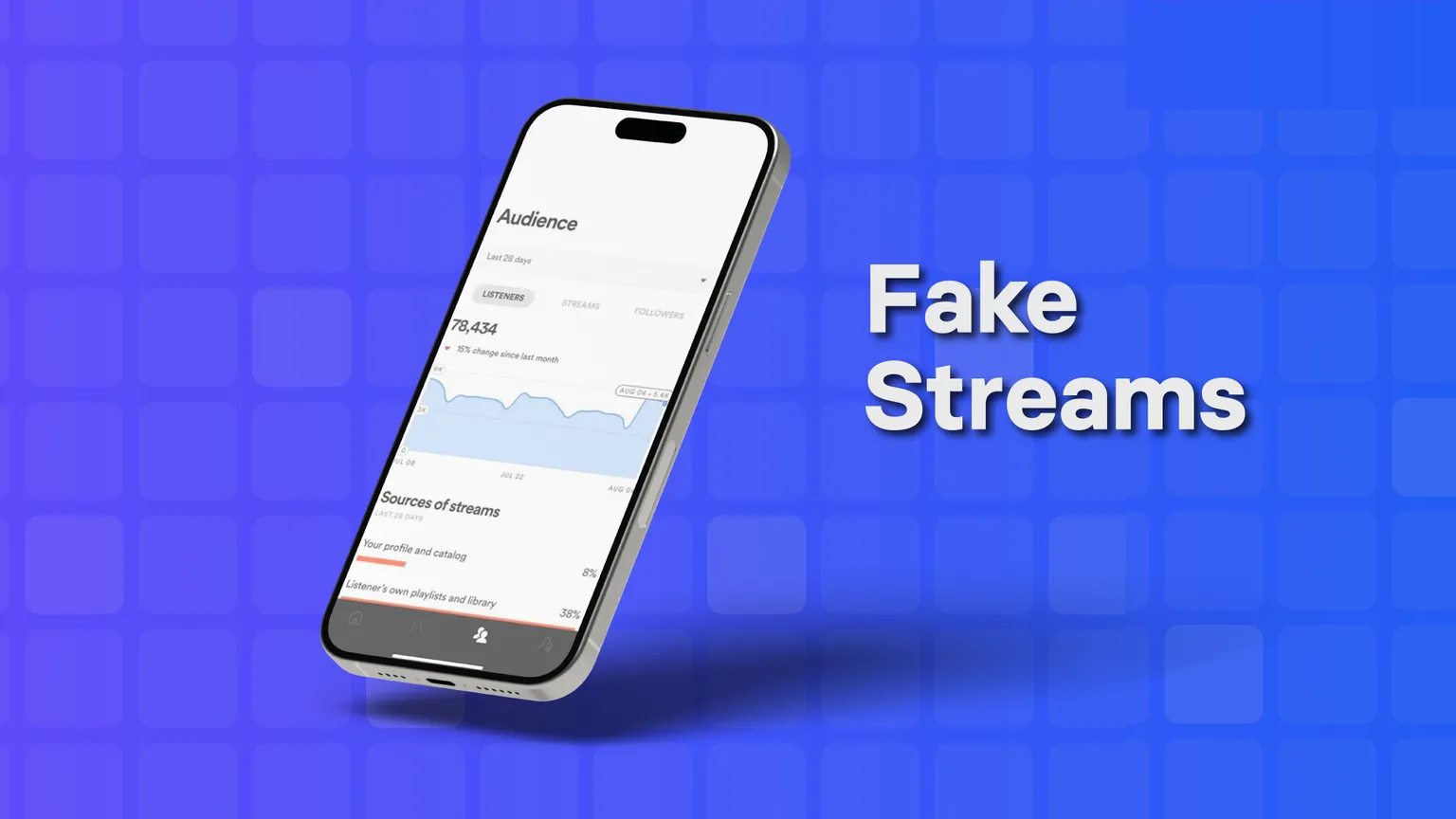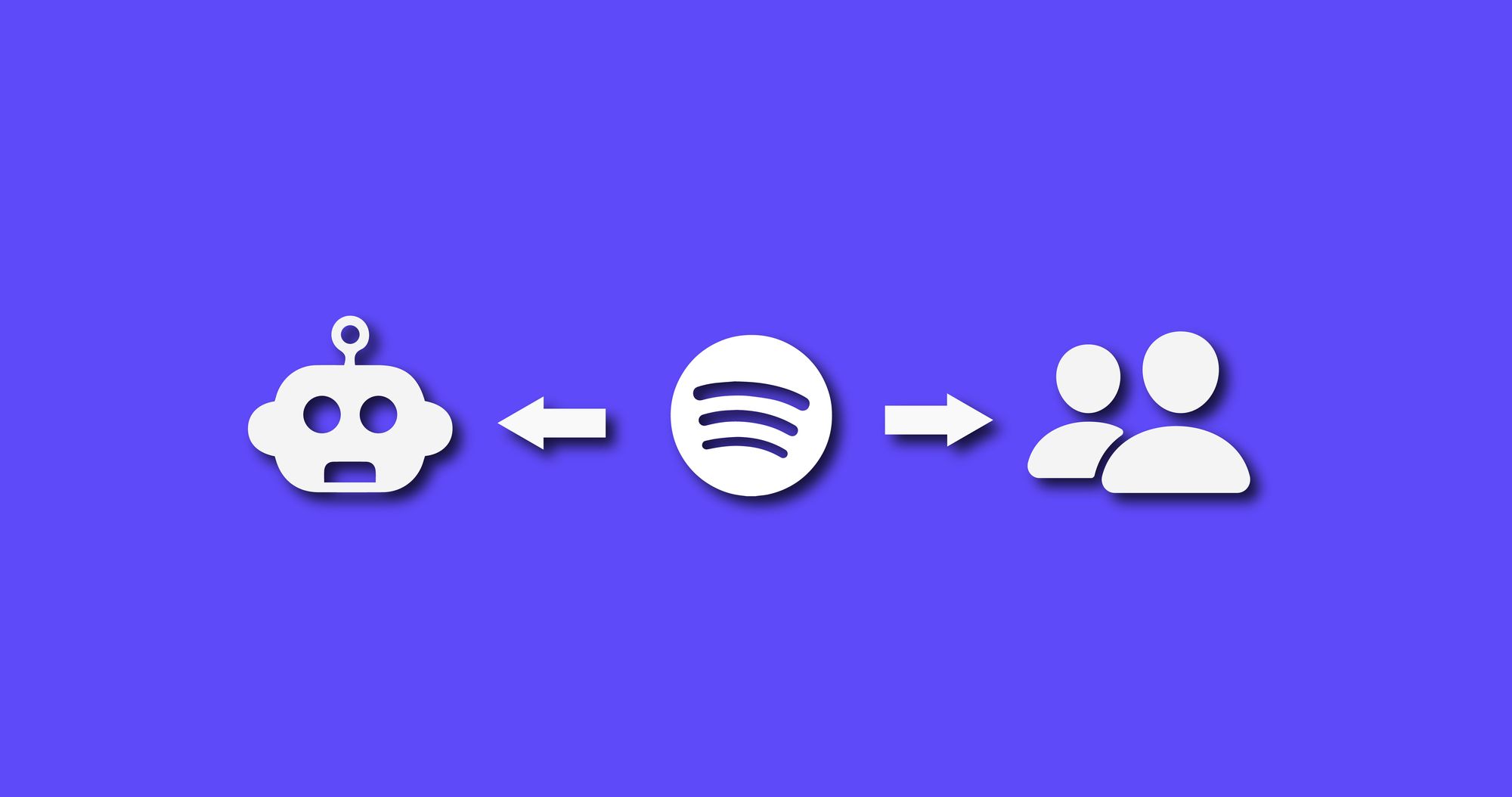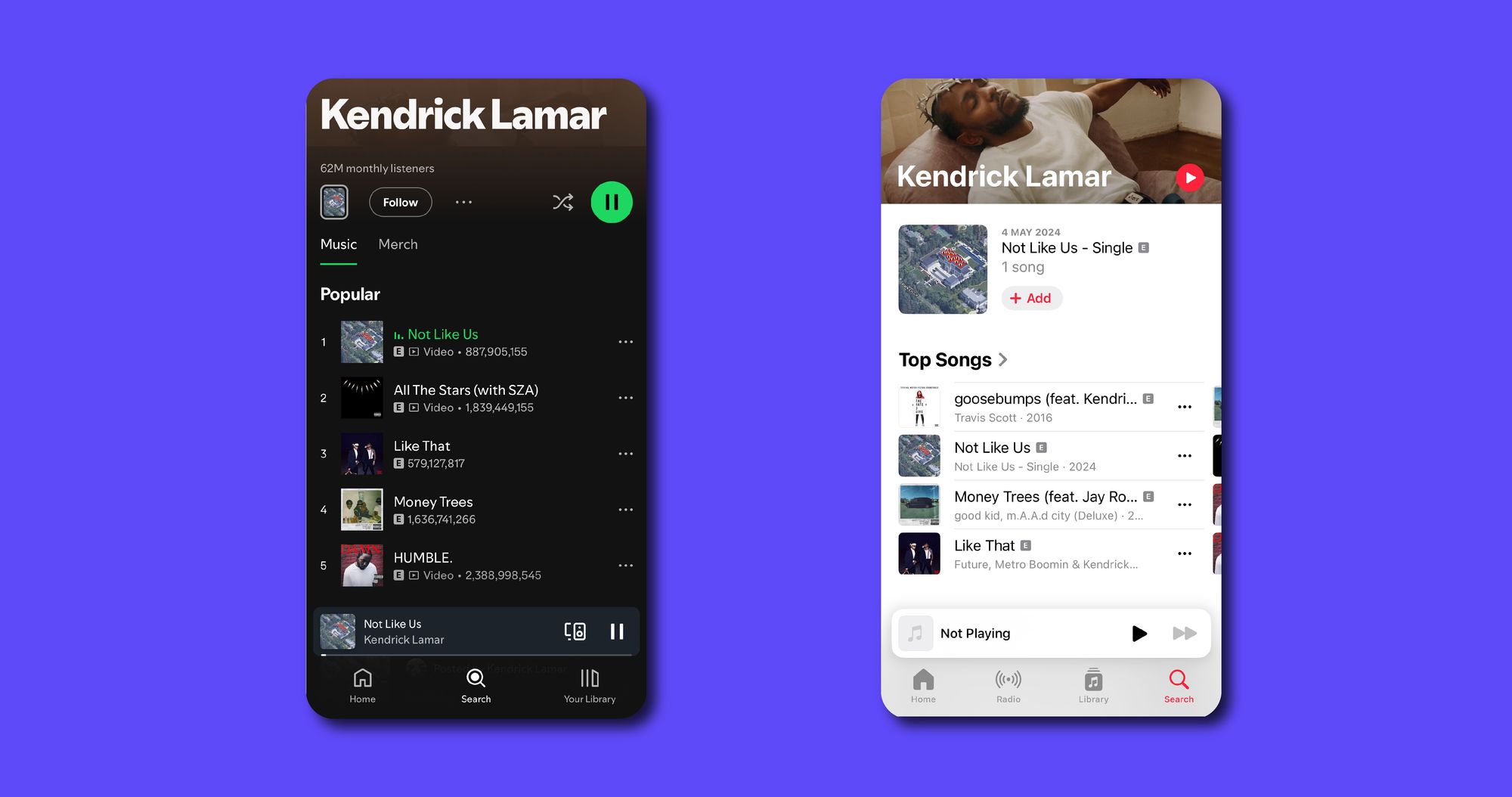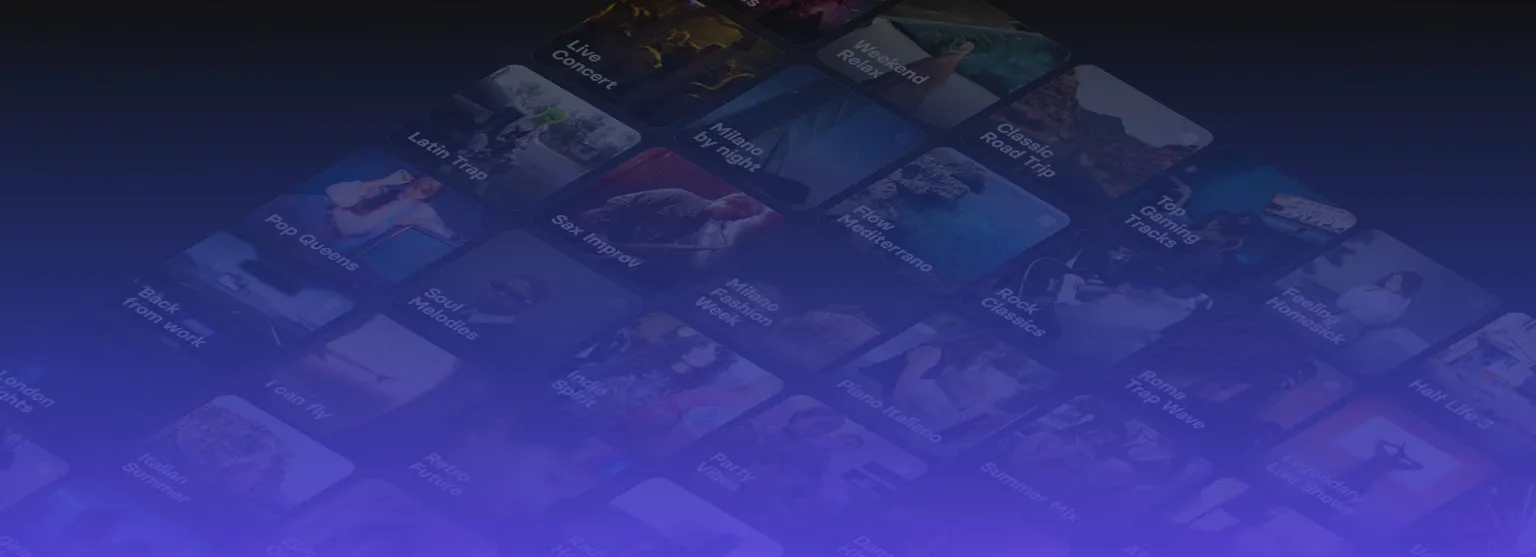
The use of bots to artificially inflate streams on Spotify is a sensitive topic. For many artists and agencies, it represents a shortcut to appear more popular than they really are—often even seen as a primary promotional method. But what does using bots on Spotify really mean, and how does this practice influence public perception?
What is a bot on Spotify and why is it used?
In the context of Spotify, a bot is a tool that simulates real listens to artificially increase the number of streams on an artist's profile. This fictitious increase is often used to deceive the public and create an illusion of greater popularity. Many agencies turn to bots to convince artists and clients that their promotional strategies “work,” delivering immediate results that reassure artists but also compromise part of their profile's authentic engagement. Some artists, on the other hand, use bots directly to inflate their numbers, hoping to attract new listeners and convince them of the value of their music.
The influence of numbers: the "TRIG effect"
One psychological effect that emerges from bot usage is what we can call the TRIG Effect (Trust-Reliability-Influence-Gravity). When listeners see high streaming numbers associated with an artist, a bias is activated: the higher the number, the more people are inclined to believe the song deserves attention.
In other words, the public perceives the music as more interesting and influential if an artist has high numbers, even when the quality doesn’t meet expectations.

This mass effect is one of the main reasons many artists aim to inflate their numbers—not so much to increase actual listens but to alter perceptions of their popularity. But what happens when numbers matter more than the music itself? The risk is that the music scene becomes a competition of figures rather than creativity, pushing real talent into the shadows.
The bot era for making money on Spotify: a practice in decline
A common use of bots in the past was to generate direct income. Some people built entire systems of artificial streaming to receive payouts from Spotify royalties. However, with the decline in per-stream payouts and the rising costs of managing these networks, this practice has lost value. Today, investing in bots to earn royalties yields little to no profit.
Apple Music doesn't show any numbers: choice is based on personal taste
Apple Music offers a different approach: unlike Spotify, it doesn’t display the number of streams for each song.
This difference removes the influence of visible numbers, allowing listeners to choose music based on personal preferences and curated recommendations, without the weight of “fake popularity.”
Without visible numbers, the platform promotes a more genuine listening environment, leading to a more authentic and diverse exploration of music.

Removing publicly visible numbers will stop people from buying fake streams
If Spotify decided to remove publicly visible stream counts, we might see a drastic reduction in fake streams and bot use. Music would return to being the focus, and listeners' choices would be oriented towards quality rather than numbers. This move could transform the platform, creating a healthier, more transparent music environment where popularity is measured not just in numbers but by genuine appreciation from the audience.
Why Boost Streams Where They Can’t Be Seen? From a principle standpoint, fake streams don’t attract any potential fans to an artist's music; if no one can see the numbers, it negates the entire concept of the TRIG Effect we discussed.
Still curious?
It's no secret that many artists and agencies use bots and fake streams, but why do they do it? Fake streams, being produced by artificial systems, bring no interested fans to an artist’s music. However, they provide more appeal and reliability for the artist in the eyes of listeners—wherever they’re visible—and this is the so-called TRIG Effect.
Are you curious to learn about real, organic promotion based on genuine users discovering your music? Check the link below for more insight. Feel free to contact our team through our support chat if you have any questions!

